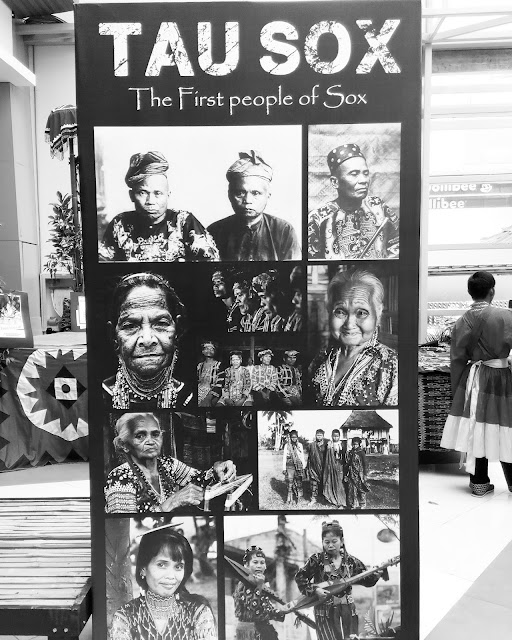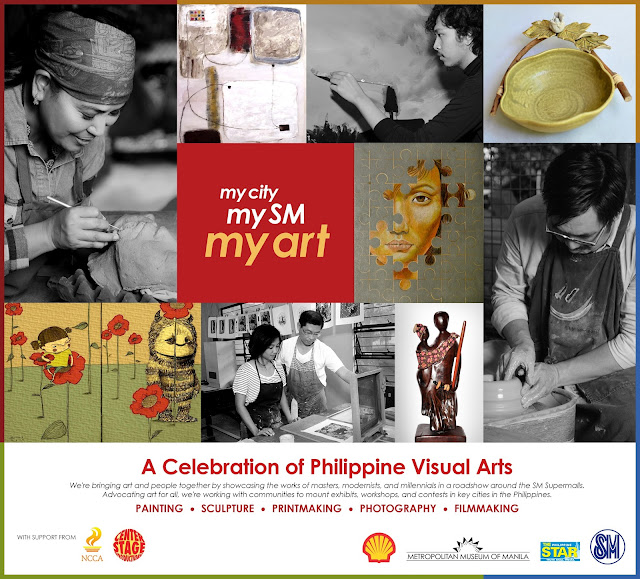TAU SOX: Festival of the first Peoples launched in SOCCSKSARGEN
The Department of Tourism XII organized TAU SOX: Festival of the First People last October 26-31, 2016. This event recognizes the significant contribution of the Indigenous Peoples’ cultural heritage to the tourism industry in SOCCSKSARGEN and in celebration of the Indigenous Peoples’ Month.
“Cultural Tourism is the number one tourism asset of SOX. The authentic culture of the Tbolis, Maguinadanaons, Blaans, Tedurays and Manobos is very much alive in the different provinces of the region and it is proper to acknowledge and pay them respects,” said Nelly Dillera, the Tourism XII Director.
‘TAU SOX: Festival of the First People’ aims to generate awareness and deeper understanding and appreciation on the cultural heritage of the first peoples’ lineage; promote and generate income through tour packages to established cultural villages of these IP groups; launch new cultural sites; and underscore the role of cultural tourism in the region’s tourism industry.
Carlo Ebeo, former official of the National Commission for the Culture and the Arts (NCCA) said that SOCCSKSARGEN can confirm that the first people of the Philippines may have settled in the region with the discovery of Maitum jars (Sarangani) and Kulaman jars (Sultan Kudarat) alongside the discovery of human remains and burial jars in Tabon cave in Ilocos and the Manunggul jars in Palawan.
“The term first people are those referred to people whose practices, whether artistic or ritualistic, confirms the presence of a cultural identifier which in anthropology connotes certain function and purposes,” said Ebeo.
Overtime, the first people produced an admixture of Filipinos who are now referred to as Tboli, Blaan, Maguindanaon (Tabunaway and Mamalu), Manobo and Tagakaolo to name a few. Furthermore, the Nusantao Hypothesis says that Nus is an Austronesian root word which means “south” and tao or tau refers to “people”, hence people of the south. The land areas along the Illana Bay are settlement and civilization areas created by maritime traditions. Thus and appropriately, TAU SOX, Festival of the First People.
“The celebration which is the first time, have various components that will attempt to rediscover and understand the aesthetic and anthropologic practices of the first peoples of SOCCSKSARGEN,” said Dillera.
The components include the Interactive and Living Culture Exhibit which opens last October 27, 2016 at Veranza Mall GenSan. It showcases the material culture of the IPs in the region like Blaan’s Gumne with living Tabih weaver; Tboli Gono with living embroidery designer; Maguindanaon Togan/Laminan with living brasscaster; Teduray House with living mat weaver; and Manobo House with living musician. The said traditional houses have also exhibit precious heritage identifiers like the Maitum Jars, Kulaman secondary burial jars, Mabal Tabih, Lang Dulay’s collections, antiquated brasswares, century old inaul and musical instruments/ornaments.
The launching of the traditional rituals and performance was presented last October 26 at the Old Cotabato City Hall. While the traditional food exhibition and cook fest was launched at the Koronadal City Hall lobby last October 27. The launching featured ritual and ceremonial food through food demonstration and food tasting. The traditional sports/games of the IPs also presented at gymnasium of Tacurong city held last October 28. Traditional games like Kasipa sa Manggis, Gamti, Sbu, Kemisong, Samfut, Sasefak Takraw were showcased during the event to help raise awareness with regards to their traditional sports.
The various events in different cities also have forums in which it generated better understanding on the actual practices on food, games, rituals, dances, arts and even houses.
TAU SOX: Festival of the First People’ is made possible through the efforts of the DOT XII, Local Government Units of SOX region, Indigenous Peoples Mandatory Representatives (IPMRs), the National Commission for the Culture and Arts (NCCA), National Commission for the Indigenous People (NCIP), and the (DOT) Tourism Promotions Board.
Leave a comment below and let me know what you think.
Thank you


Comments
Post a Comment
The author encourages readers to post sensible comments in order to have meaningful discussions. Posting malicious, senseless and spam comments are highly discouraged.
Thank you for reading Yadu Karu's Blog.